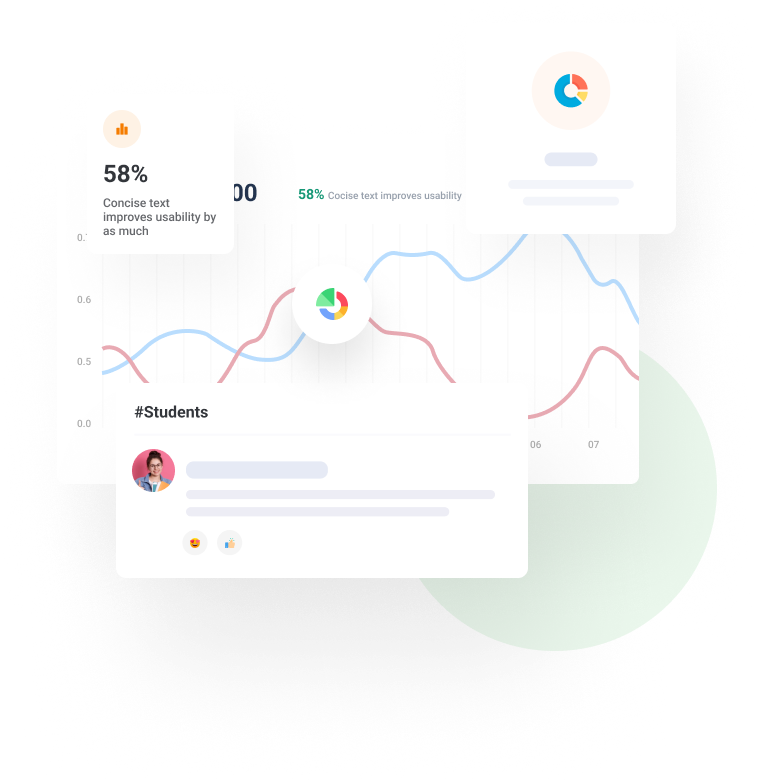Less Is More: Students Skim Lengthy Online Textbooks
Published 2023
Authors
Chelsea L. Gordon,
Roman Lysecky
Senior Member, IEEE,
Frank Vahid
Member, IEEE
Abstract—Computer science textbooks with lengthy text explanations of concepts are often considered thorough and rigorous, so lengthy textbooks (and class notes) are commonplace. Some, however, suggest text should be concise because people tend to skim lengthy text. This paper takes advantage of modern digital textbooks that measure reading time to examine reading rates for various text passage lengths. For a widely-used CS textbook written in a non-concise style, students read shorter passages (200 words or less) at about 200 words per minute, which is a typical rate. But for longer passages (600+ words), the rate increased to about 800 words per minute, suggesting skimming rather than reading. For another widely-used CS textbook, from the same publisher but written in a concise style with text passage sizes kept below 250 words, students spent more time (around 200 words per minute) reading the text passages, and their time spent was well- correlated with text length, suggesting students were carefully reading rather than skimming. Across three digital textbooks, the more interactive elements (e.g., integrated questions) that were included, the more time students spent reading the text between those activities. The conclusion is that to best educate students, authors of CS content should take the extra time needed to explain concepts more concisely – a case of “less is more” – and incorporate many active learning opportunities.






